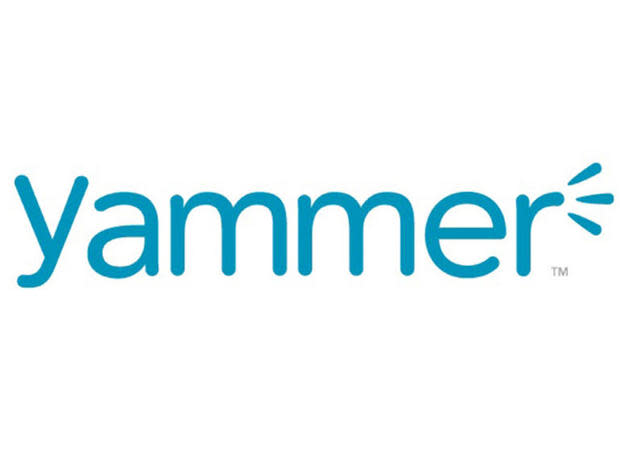Implement an internal social media channel: Add this to your IT to-do list today

Yammer is an enterprise social network.
Image: Yammer
For the past several years, corporate managers have experimented with social media engagement that enables employees and customers to participate; they have also endured the misfirings and blunders that inevitably occurred. Accordingly, companies have been busy revising how they engage their customers in social media, and also which employees they choose to serve as mouthpieces for their social media outlets.
The growth and benefits of enterprise social media
The growth of social media within corporate walls for purposes of employee collaboration, instant messaging, training, career development, and other communications is strong. These "inside" enterprise social channels are principally being used by companies that are upgrading aging HR and human capital management (HCM) software. Some managers report that implementing internal social media channels improves the work environment, helps employees find experts across the company, enables employee learning and development, and speeds the completion of projects.
Internal social media success stories
At a major appliance manufacturer, employees have expanded avenues for developing their experience and talent. They can use internal social media channels to check an e-bulletin board for job postings and for projects that they can sign up for in their current job roles. These projects enable employees to develop new skills that may one day position them for career advancement. It also gives the company a means of plugging project holes while employees continue with their development.
In another case, a global company with cadres of employees working on the same project in different corners of the world utilized online project collaboration tools that enabled employees to update their progress and status on tasks in real time, from whatever location and time zone they were in. The ability to update projects and pass along vital information enabled the project to operate 24/7, which sped project completion.
These examples of internal social media success are compelling, but none of the organizations using them got there instantly. Management first had to find where internal social media worked best in their respective corporate cultures.
For instance, some companies wanted end-to-end project visibility and 24/7 communications. Other companies wanted to find ways for employees to rapidly locate experts in the areas they needed assistance. In still other cases, companies are placing heavy emphasis on employee productivity and continuous talent development and engagement. Companies are even using social media as a means of gaining insights into whether an employee is enthusiastic about the company and the work he or she is doing.
The challenges of internal social media
Some managers are struggling with how to successfully deploy internal social media-style communications that can deliver value-added services and content to employees.
On the employee side, the expectation is that internal social media is relevant, and that it delivers high-quality content that can be applied to immediate problems. HR and other corporate management can't meet these expectations without first developing a social media network with appropriate content and delivery channels that ensure that the right information is directed to employees. On the organizational side, internal social media methods and communications have to deliver measurable improvements to employee morale and participation, and in how quickly and effectively the company does its work.
Are we there yet?
No, we're not, but there is enough traction building for these internal social engagement systems that they should be on every key manager's checklist when it comes to how to get the work done faster and better.
Also read
Microsoft updates Yammer for iOS, Android with new mobile collaboration features (ZDNet)
Download: Best practices for using social media in business (Tech Pro Research)
Disclaimer: TechRepublic, ZDNet, and Tech Pro Research are CBS Interactive properties.


